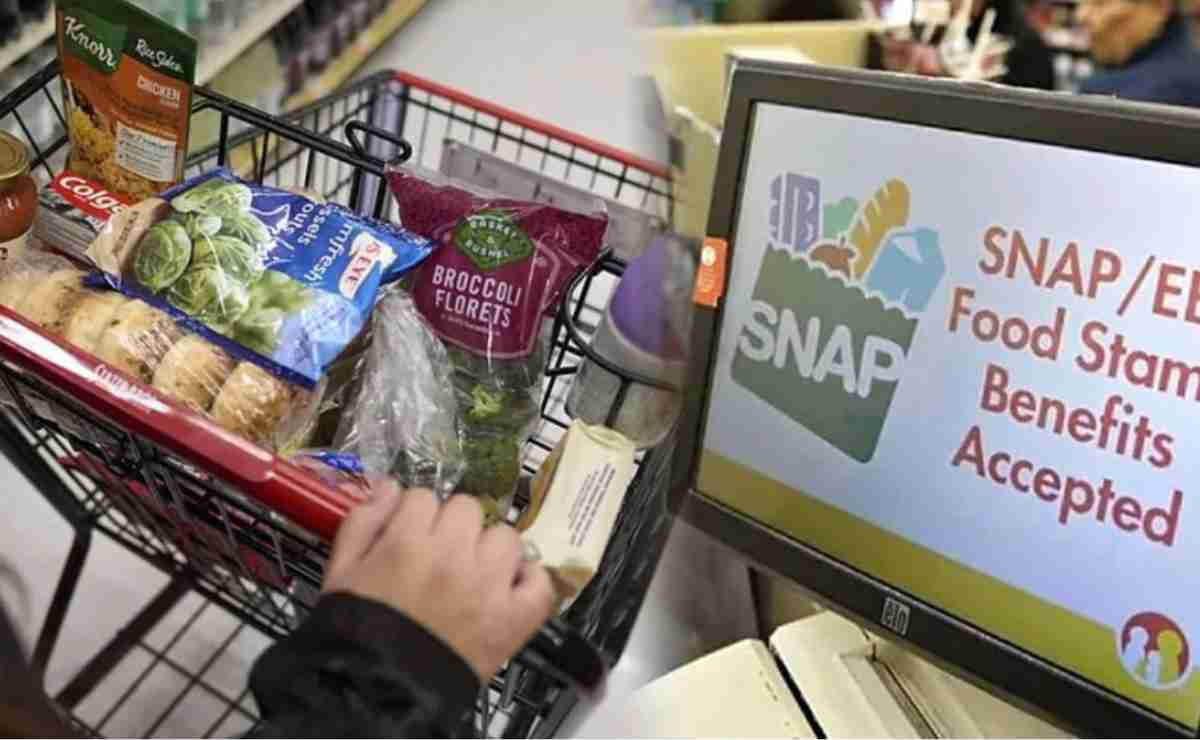SNAP benefits, better known as food stamps, are once again in the spotlight this November. Millions of families depend on them to cover basic groceries, yet the average check barely stretches far enough to fill a cart. Inflation hasn’t slowed down, and the program’s limits are starting to show.
The Supplemental Nutrition Assistance Program (SNAP) supports more than 40 million Americans each month. But with the average payment sitting at $187 per person, the help many receive no longer matches the rising cost of living. That gap keeps growing, and November could become another difficult month for low-income households.
SNAP benefits under pressure
The average SNAP check for a single participant in November remains around $187, with the maximum benefit for a one-person household capped near $292. A family of four can receive up to $975 a month, though very few actually reach that amount. These figures include the recent cost-of-living adjustments, but even with them, the purchasing power of each dollar keeps shrinking.
The problem is simple: food prices continue to rise faster than SNAP benefits. Grocery items like meat, dairy, and fresh produce have gone up by double-digit percentages over the past two years, making the average benefit worth less each month.
What families are facing
For most households, SNAP covers about two weeks of groceries at best. After that, families often turn to food banks or local charities to get through the month. Many states try to distribute benefits earlier to avoid bottlenecks, but demand has outpaced supply in nearly every major city.
While the program was designed to respond to economic hardship, it now faces its own funding limits. Lawmakers are debating whether to increase federal support or let states handle short-term shortages, but no decision has been finalized.
Why November matters
November marks the start of the holiday season, a time when food costs spike and donations to food pantries are stretched thin. Any delay or reduction in SNAP benefits could have an immediate impact on local communities. Families who already plan meals down to the dollar will feel it first.
The federal government continues to promise stability, but the math is unforgiving. With grocery costs still rising and benefits frozen at roughly $187 on average, SNAP recipients are being asked to do the impossible feed a family on a budget that no longer fits reality.

